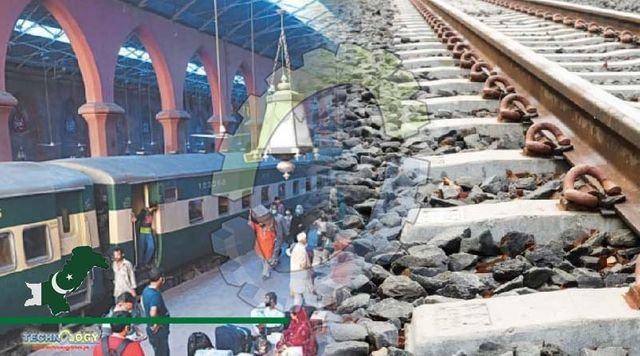Pakistan operates stands second in terms of operating public railway network in South Asia which now totals nearly 80,000kms in the region, a new World Bank report says.

By the end of 2019, Pakistan has 7,700kms of operating network followed by Bangladesh with nearly 3,000kms and 1,500kms in Sri Lanka. The Indian network is by far the largest with 67,000kms, estimates the report.
The current railway network in South Asia comprised of four countries: India, Pakistan, Sri Lanka and Bangladesh. Three of the four railways covered for South Asia comprised parts of the same system until Indian independence in 1947. Since then, they have all continued as, effectively, government departments under the control of a ministry of railways. In Pakistan and Sri Lanka, the entire operating network is now 1,676 millimeters, but both Bangladesh and India still have a small amount of meter-gauge rail.
Both the Pakistan and Bangladesh railways are corporations; however, in both countries, the minister of railways and the government play a large role in their management and funding. The report says railways in Pakistan and Bangladesh require government support for both operations and capital expenditures.
In all four countries, passenger services contribute little, if anything, to the cost of maintaining the infrastructure, not least because passenger fares have been kept low for many years as a matter of government policy, and the financial gap has to be covered by the freight services. In total, the four South Asian railways annually carry nearly 750 billion net tonne-kilometres of freight and more than 1,200bn passenger-kilometers.
No links connect to other countries in Southeast Asia, and only one substandard link carrying little traffic exists between Pakistan and Iran. Pakistan and Bangladesh carry only a limited amount of freight, and Sri Lanka almost nothing.
In Pakistan, all the coal-burning power operates stations are on the coast and supplied by sea or by short-haul movements, and the only part of Bangladesh located within a reasonable distance from the sea is almost entirely agricultural. According to the report, road competition in Pakistan is particularly strong, and railway management has struggled to provide an attractive service despite the main freight generating area, approximately 1,000kms from the port.
Non-urban passenger services face strong competition from buses in Sri Lanka, Pakistan, and Bangladesh in terms of price and of service frequency, and from air in both India and Pakistan in terms of travel time, report says.
Source: This news is originally published by dawn
